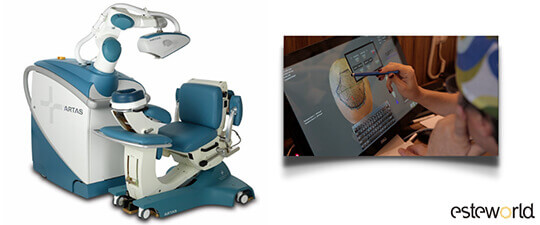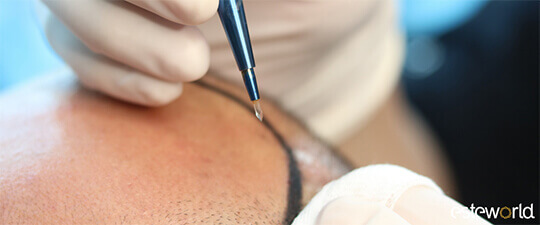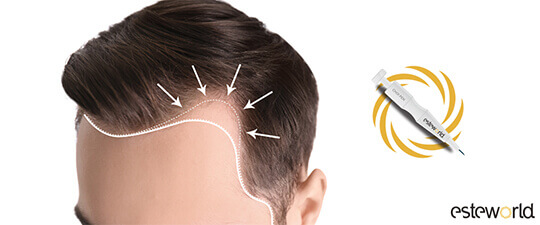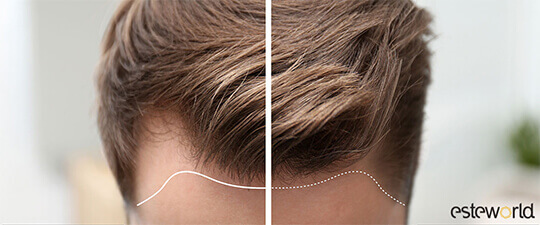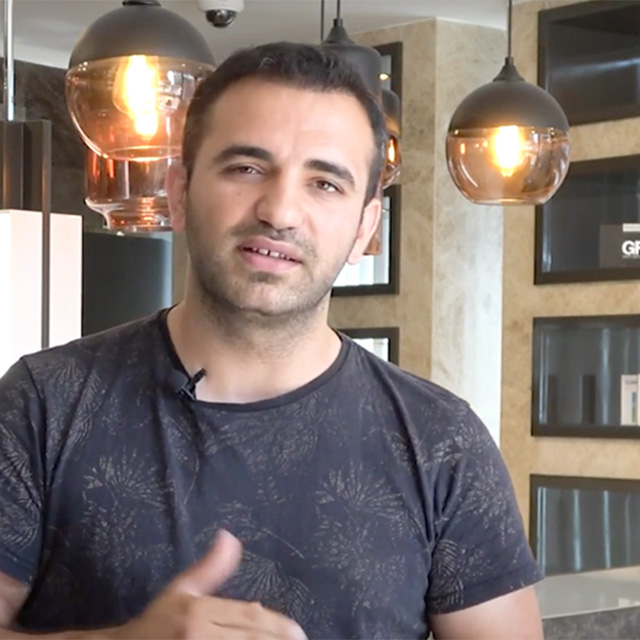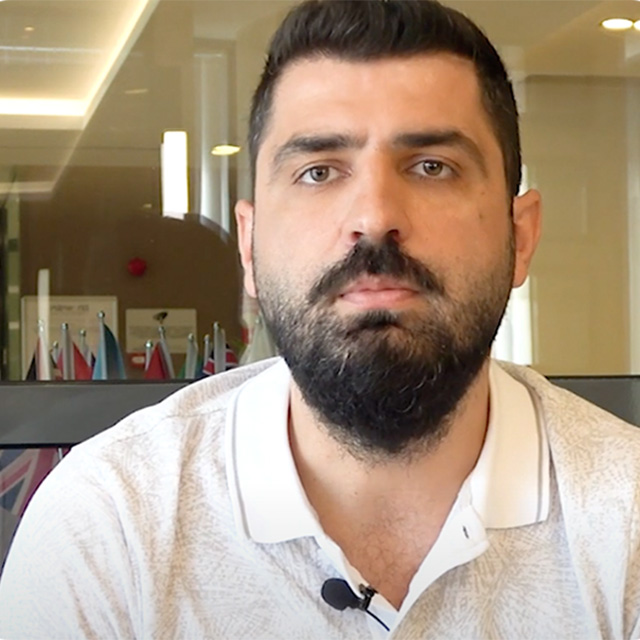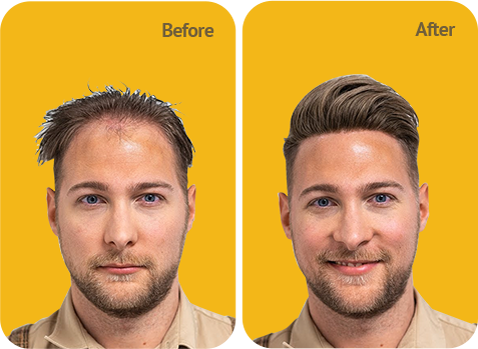ROBOTIC HAIR TRANSPLANT
Deciding to have a hair transplant procedure is an important, life-changing decision. Understanding the details of the Robotic Procedure will help you determine if it is right for you. You will need to know what to expect before, during and after the procedure, as well as when you can expect to see results.
Robotic Hair Transplant was designed with you in mind. Developed with leading hair transplant physicians and researchers, this state-of-the-art technology was created to eliminate the guesswork and fatigue associated with manual handheld methods, along with the scarring, complications and downtime of existing invasive surgical techniques. Unlike older transplant methods, no stitches are required, rendering your procedure nearly undetectable. You can now expect natural-looking results without the side effects and recovery times resulting from older techniques.
During the initial stage, hair is selectively harvested with robotic precision providing consistent graft dissection. Advanced robotics provide speed and harvesting accuracy unavailable with manual handheld techniques. Robotic Hair Transplant protects your existing, healthy hair.
SAFIR FUE HAIR TRANSPLANT
During the opening of the channel, which is a phase of FUE technique, special items with sapphire tips have been developed as a method that allows to minimize tissue deformation and to open the channel with maximum frequency. This transplantation model, called Sapphire FUE, is a FUE operation using pens made from real sapphire.
During hair transplantation, surgeons widely use a cutting tool called slit when opening the channel. However, since the tissue damage is high in the transplantation with these steel slits, the recovery times are relatively long. However, with sapphire tip pens, it is possible to make a frequent and natural planting because of the frequent channel opening at the micro level. Since the channels are opened at a micro level, there is a much faster healing process compared to other hair transplantation techniques. After transplantation, the crust is minimal and this is a result that increases patient comfort.
DHI HAIR TRANSPLANT
DHI means "Direct Hair Implantation". In this method, grafts are collected with the medical pencil called Choi, which should be used only by specialists, and then the hair obtained with this pen is placed directly on the skin without opening incision or channel. In the hair transplantation methods known, these two procedures are performed on separate journeys, thanks to the special pen used, the operation is reduced to one by one and comfort and convenience is provided to the patient.
In short, while hair transplantation technique called FUE has three stages, DHI has two stages. The aim of the application is to increase the quality of hair transplantation, to provide a dense image, to ensure that the person who is undergoing hair transplantation without shortening the existing hair image is able to return to his daily life quickly.
HAIR TRANSPLANT WITH SEDATION
The anesthesia methods developed to ensure that the patient spends the hair transplantation process carefree, painless and hassle-free constitute a very important part of medical procedures. Sedation is also one of the kinds of anesthesia. Sedation analgesic (pain reliever) and sedative (relaxing) medication combination is given intravenously by anesthesiologist.
After the application, the patient has a mild sleepiness, a feeling of relaxation and pleasure. Consciousness is open, it is possible to talk to the patient. It can be used in patients who have hair loss by using methods such as FUE, robotic hair surgery, DHI.
UNSHAVEN HAIR TRANSPLANT
Hair transplant is the most common aesthetic surgery requested by men in the modern world. Recently, Unshaven FUE eliminates the necessity to clean shave the hair before a hair transplant. Hair loss starts with balding in anterior regions. Anterior hairline gets lost, and then, bald areas slowly develop in vertex; hair loss in anterior and posterior hairs meet and balding occurs on the vertex. Clean shave is not required, if hair loss is confined to anterior hair. Unshaven FUE hair transplant can be easily performed, if hair is weak and it is possible to perform procedures between hair strands.
Especially for men with hair growing up to 4 cm in back of the scalp, two strips, measuring approximately 1 to 2 cm in thickness, are shaved, while the shaved area is hidden with long hairs; it is possible to get hair that appear very normal, can be concealed with no need to shaving in 2 to 3 days.









